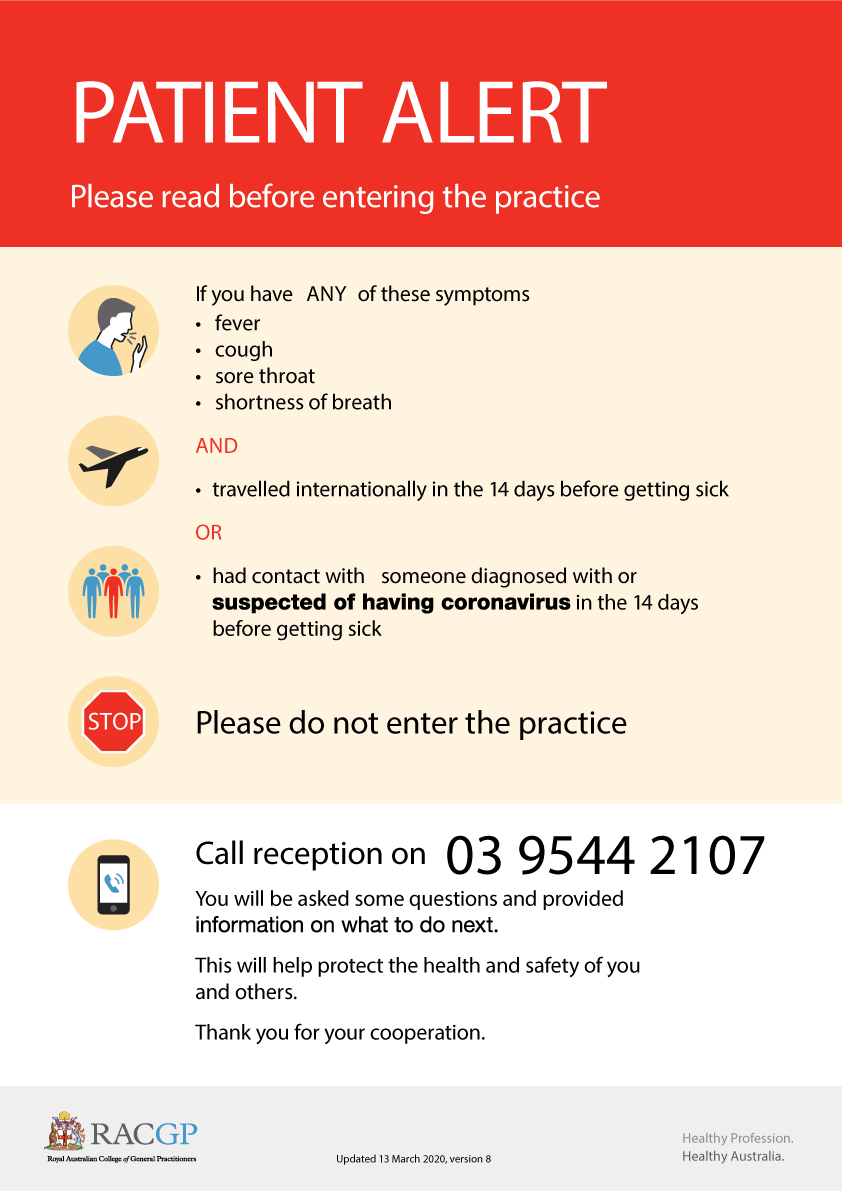Causes of Infertility
In general, infertility factors are fairly evenly divided between the man and the woman. Here are some of the most common causes of infertility or trouble conceiving:
Age/Biological Clock
A woman is born with all the eggs she will ever have. After menstruation starts, a monthly process of using up numerous eggs continues until menopause, when most of her eggs have been used up and both ovulation and menstruation cease. When the number of eggs remaining in the ovaries falls below a certain level the ability to conceive becomes more difficult to conceive.
Ovulatory Factors
Ovulation factors responsible for infertility are generally related to a woman’s inability to regularly release eggs from the ovaries or produce sufficient progesterone. Without effective production of progesterone, the uterine lining isn’t prepared to host an implanting embryo. Absent or irregular periods generally indicate that a woman is not ovulating.
Endometriosis
Endometriosis is a condition where the uterine lining (endometrium) grows on pelvic structures outside the uterine cavity. In the early-stage of endometriosisthere is usually little, if any, visible evidence of anatomical distortion sufficient to compromise the release of an egg (ovulation).
Tubal Factors
Endometriosis is a condition where the uterine lining (endometrium) grows on pelvic structures outside the uterine cavity. In the early-stage of endometriosis there is usually little, if any, visible evidence of anatomical distortion sufficient to compromise the release of an egg (ovulation).
Pelvic Inflammatory Disease
Pelvic Inflammatory Disease (PID) refers to conditions that affect pelvic structures including the uterus, fallopian tubes, ovaries, bowel, and the smooth membrane that lines the surface of the pelvic cavity (the peritoneum). PID follows infection which reaches pelvic structures as a result of: sexual transmission via the vagina and cervix contamination from other inflamed structures.
Implantation Failure
A simple analogy that we refer to as the “Seed/Soil Relationship” can help shed light on embryo implantation. Just as a successful garden needs a “good” seed properly planted in fertile soil to produce healthy plants, successful embryo implantation requires a good seed (genetically “normal” embryo) and fertile soil (receptive uterine lining) to make a healthy egg.
Immune Factors
Currently, with few exceptions, practitioners of assisted reproduction tend to attribute “unexplained” and/or repeated IVF failure(s), almost exclusively to poor embryo quality, advocating adjusted protocols for ovarian stimulation and/or gamete and embryo preparation as a potential remedy. The idea that, having failed In Vitro Fertilization (IVF), all it takes to ultimately succeed is to keep trying over and over.
Polycystic Ovarian Syndrome (PCOS)
What Is PCOS? How It Can Affect Fertility? Polycystic ovarian syndrome (PCOS) is the most common hormonal disorder in reproductive age women. Depending on nationality, it is present in up to one-in-five women and even more frequently in women with fertility problems. PCOS is also one of the most common causes of menstrual irregularities.
Uterine Fibroids
The uterus is composed of a thick layer of smooth muscle (myometrium) surrounding thin lining (endometrium) into which the embryo implants and which serves to protect and nourish a growing pregnancy. Approximately 20% to 40% of all reproductive age women will develop benign growths of the myometrium, referred to as fibroid tumors (leiomyomata).
Male Factors
Though many people assume that infertility is largely a female problem, the truth is that approximately half of infertility cases involve the male to some extent. The good news is that male infertility can be treated effectively in the overwhelming majority of cases. The treatment of male factor infertility is one of the true success.

